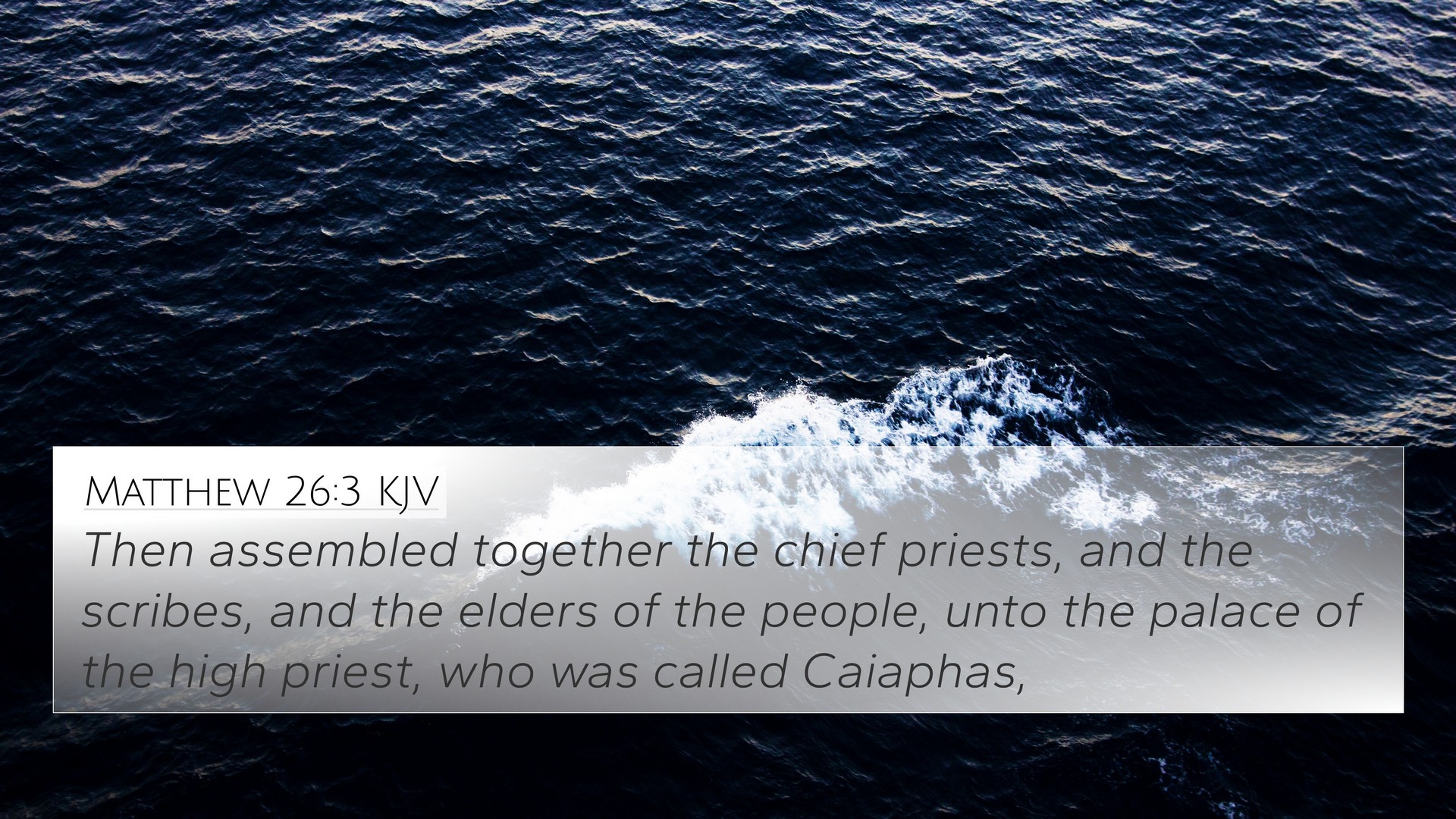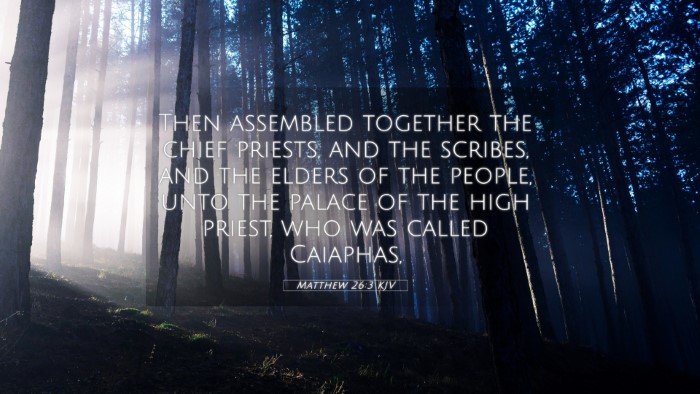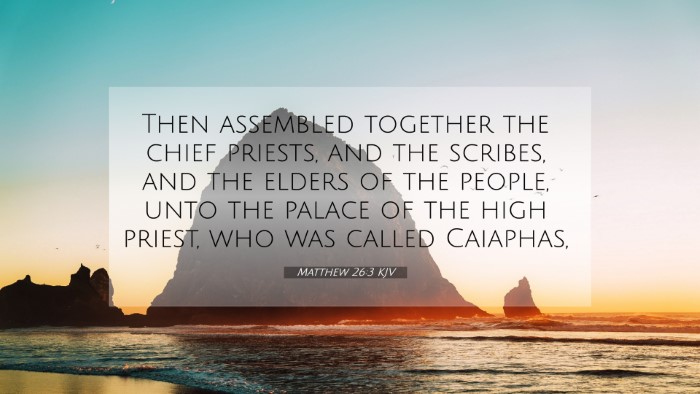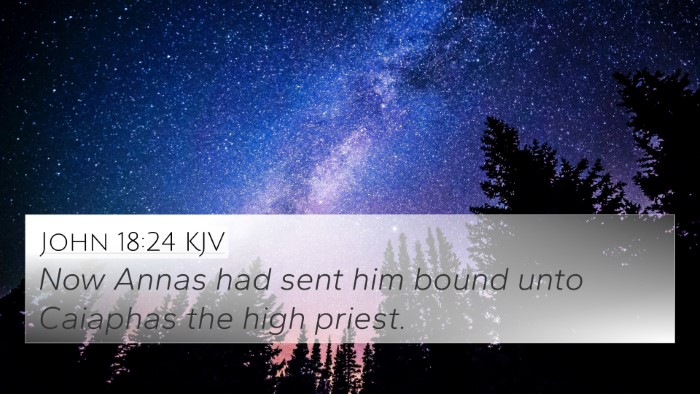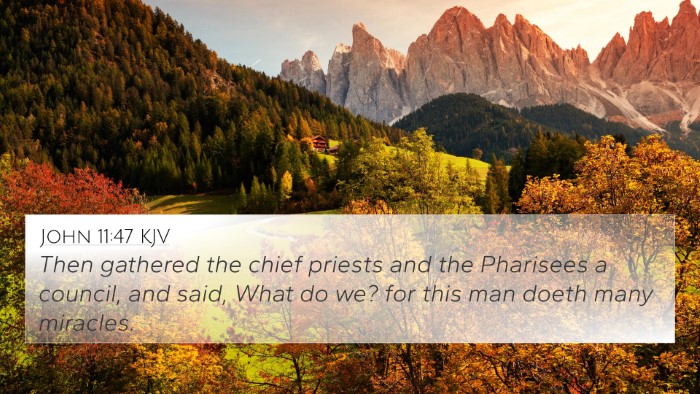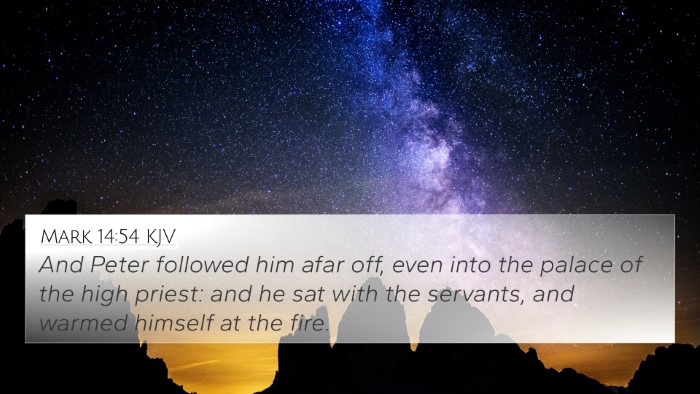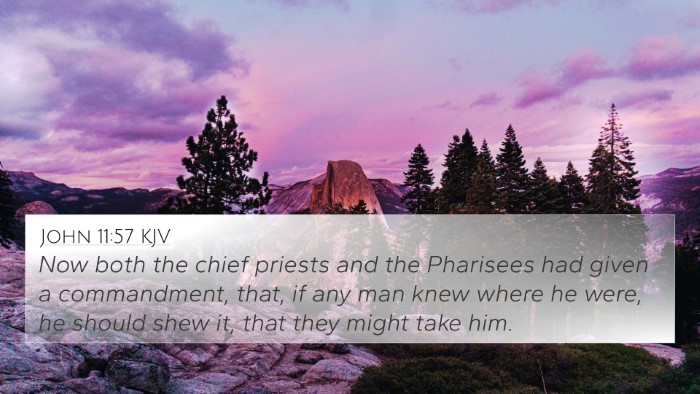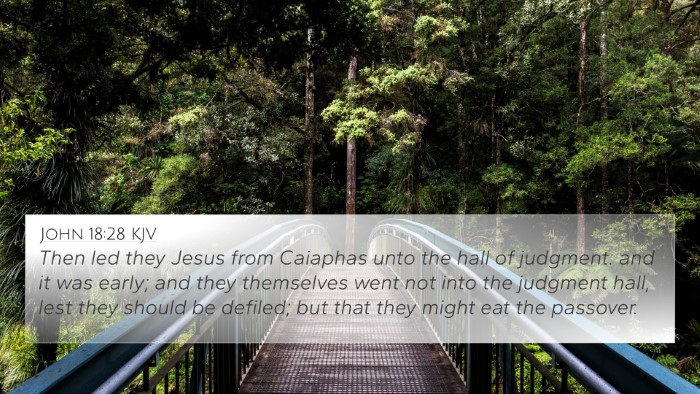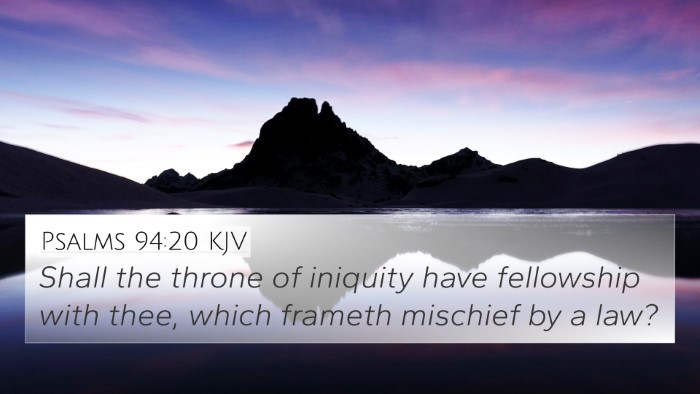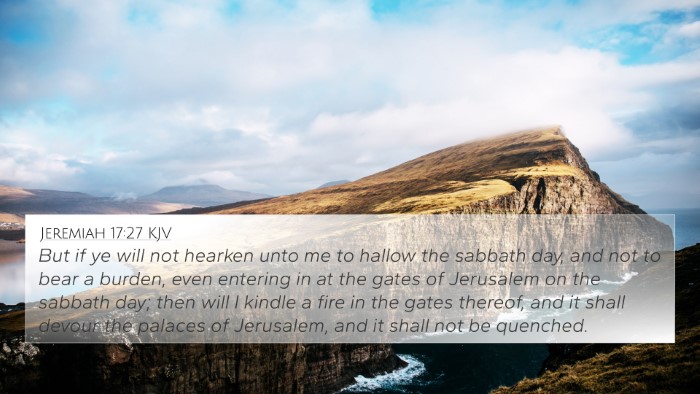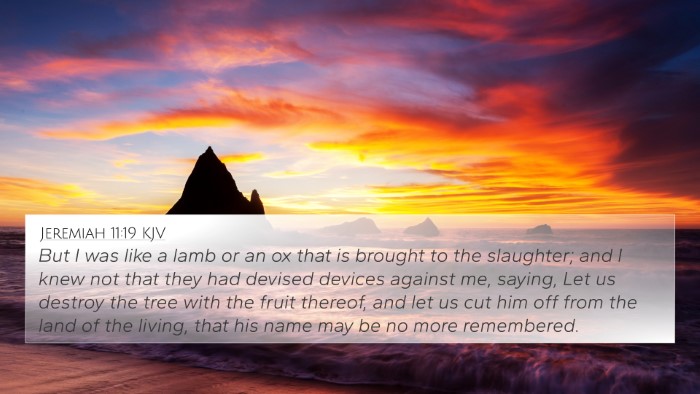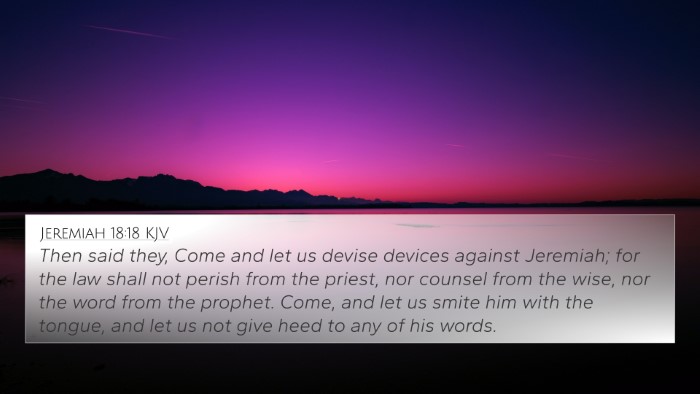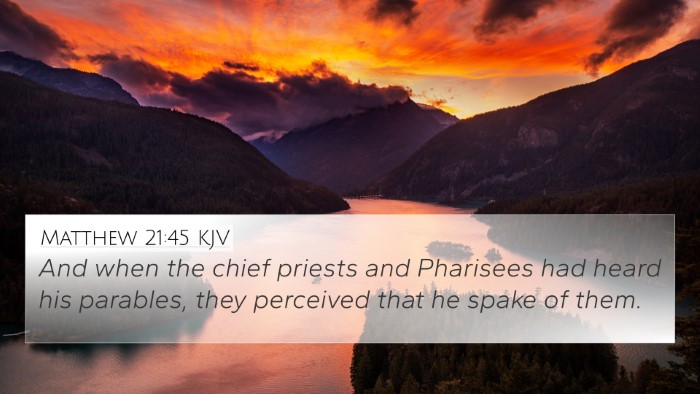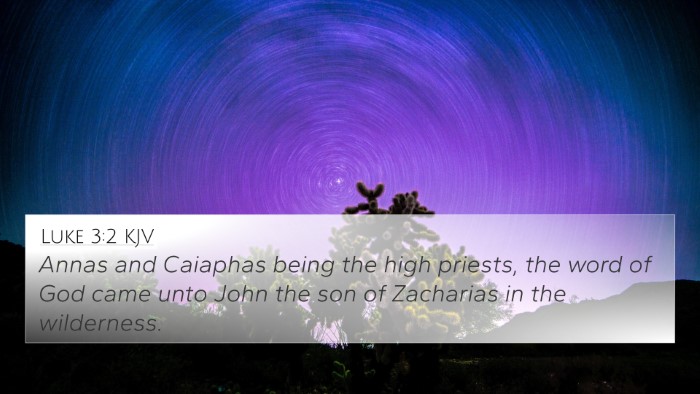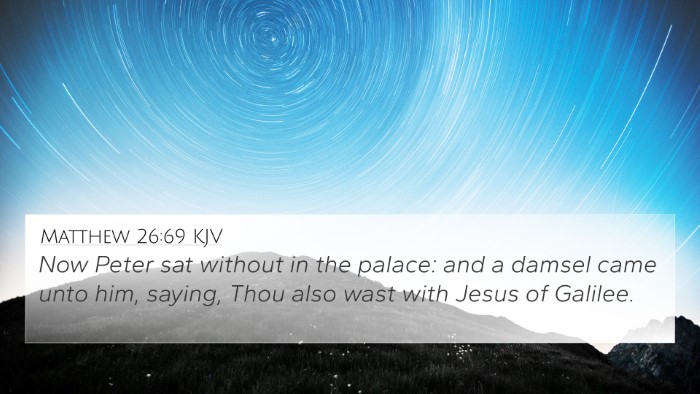Matthew 26:3 - Understanding the Context and Meaning
Bible Verse: "Then assembled together the chief priests, and the scribes, and the elders of the people, unto the palace of the high priest, who was called Caiaphas." (Matthew 26:3)
Contextual Background
This verse sets the stage for a significant moment in the Gospel of Matthew, showcasing the conspiracy against Jesus by the religious leaders of the time. In this context, we see a gathering of the powerful: the chief priests, scribes, and elders who represented the religious authority of Israel.
Analysis and Commentary
- Matthew Henry's Commentary: Henry emphasizes the united front of the Jewish leaders. He notes that their collaboration signifies a critical opposition to Jesus’ teachings and ministry. This highlights their fear of losing control and influence over the people.
- Albert Barnes' Notes: Barnes discusses the importance of this gathering. He points out that this marked a pivotal step in the plan to arrest Jesus, illustrating the depths of their animosity. The mention of the high priest Caiaphas underscores the theological and political implications of their actions.
- Adam Clarke's Commentary: Clarke provides insights into the motivations behind this assembly. He posits that such a coalition signifies a desperate attempt to protect their positions and grip on religious authority, showcasing both envy and fear towards Jesus' growing popularity among the people.
Theological Insights
The convergence of various leadership figures at Caiaphas' palace is a reflection of an impending climax in the Gospel narrative. It reveals not only human scheming against divine purpose but also the fulfillment of prophetic scriptures concerning the Messiah and His suffering.
Cross-References to Matthew 26:3
Engaging in cross-referencing Bible texts can enrich the study of Matthew 26:3. Below are notable scripture references that relate to this verse:
- Exodus 23:1-2: Warns against forming plots with the wicked, highlighting the moral misconduct of the religious leaders.
- Isaiah 53:7: Prophetic reference concerning the suffering servant, connecting Jesus' pending trials to Old Testament prophecy.
- John 11:47-53: Discusses a prior meeting of the Sanhedrin who plotted Jesus' death, echoing themes in Matthew 26:3.
- Matthew 21:15-16: Illustrates the displeasure of the chief priests as children praise Jesus, further establishing their opposition.
- Luke 22:2: Similar account of the religious leaders conspiring to kill Jesus, reinforcing the narrative across the Gospels.
- Mark 14:1: A parallel account that speaks of the plot against Jesus, showing the unity among the leaders in their resolve.
- Acts 4:27: Reflects on the early church's understanding of these events as foretold in scripture, affirming the sovereignty of God over human plots.
Thematic Connections
There are significant thematic Bible verse connections we can draw from this gathering:
- Conspiracy and Betrayal: The collaboration of various leaders against Jesus serves as a reflection of betrayal, which is a recurring theme throughout the Bible.
- Authority vs. Humility: The verse juxtaposes the arrogance of human authority against the humility and authority of Jesus.
- Fulfillment of Prophecy: Each element of this gathering can be seen as moving toward the fulfillment of God’s redemptive plan, reinforcing the theme of divine providence.
Applications for Study
For a thorough understanding of this verse, consider employing the following tools for Bible cross-referencing:
- Bible Concordance: Allows for easy searching of themes and phrases across scripture.
- Bible Cross-Reference Guide: A resource to find interconnected verses and deepen study.
- Bible Chain References: Helpful in studying various themes and doctrines throughout the scriptures.
Conclusion
Matthew 26:3 marks a significant moment in the narrative of Jesus' final days. By employing strategies for cross-referencing Biblical texts, individuals can better grasp the depth and significance of the events leading to the crucifixion. Understanding the interplay of themes, prophetic fulfillments, and the motives of those in power aids in a richer engagement with scripture.
Further Study Suggestions
For those interested in diving deeper into the connections, consider the following inquiries:
- What verses are related to the betrayal seen in Matthew 26?
- How do Jesus' responses to the leaders illustrate his mission compared to theirs?
- In what ways can we identify contemporary parallels to the actions of the chief priests and scribes?
